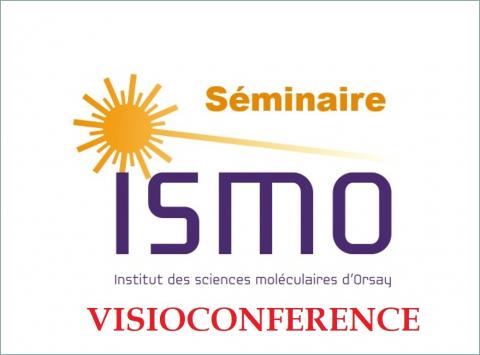
High-accuracy quantum chemistry for thermochemical and kinetic calculations
High-accuracy quantum chemistry for thermochemical and kinetic calculations
par John F. Stanton
Quantum Theory Project University of Florida Gainesville, FL, USA 32611
This talk focuses on application of high-accuracy quantum chemical methods to the calculation of bond energies, activation energies, and related thermochemical quantities. Greatly enabled and motivated by Ruscic’s Active Thermochemical Tables (ATcT), significant advances have been made in this area during the last twenty years ; it is now a relatively routine matter to compute these quantities to an accuracy of about 1 kJ mol-1. Such results, together with experiment, are now incorporated in ATcT to obtain bond energies often at least an order of magnitude more precise than values taken from widely known tabulations (CODATA, Gurvich, Pedley, JANAF, etc.). An overview is given of the basic strategy and methodology, as well as its strengths and limitations. The talk concludes with an exploration of the question “Just how accurately can a bond energy be calculated ?” and, time permitting, applications to the reaction between HO and SO2 as well as the curious problem posed by the decidedly diabolical HOCO2 radical.
Contact pour disposer du lien :
http://www.ismo.universite-paris-saclay.fr/spip.php?article2602
High-accuracy quantum chemistry for thermochemical and kinetic calculations
par John F. Stanton
Quantum Theory Project University of Florida Gainesville, FL, USA 32611
This talk focuses on application of high-accuracy quantum chemical methods to the calculation of bond energies, activation energies, and related thermochemical quantities. Greatly enabled and motivated by Ruscic’s Active Thermochemical Tables (ATcT), significant advances have been made in this area during the last twenty years ; it is now a relatively routine matter to compute these quantities to an accuracy of about 1 kJ mol-1. Such results, together with experiment, are now incorporated in ATcT to obtain bond energies often at least an order of magnitude more precise than values taken from widely known tabulations (CODATA, Gurvich, Pedley, JANAF, etc.). An overview is given of the basic strategy and methodology, as well as its strengths and limitations. The talk concludes with an exploration of the question “Just how accurately can a bond energy be calculated ?” and, time permitting, applications to the reaction between HO and SO2 as well as the curious problem posed by the decidedly diabolical HOCO2 radical.
Contact pour disposer du lien :
http://www.ismo.universite-paris-saclay.fr/spip.php?article2602
